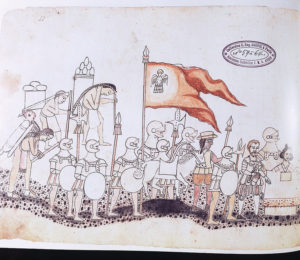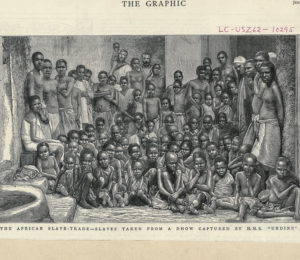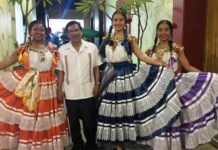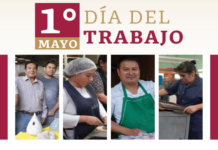By: María Elisa Velázquez Gutiérrez, Researcher at the National Institute of Anthropology and History (Investigadora del Instituto Nacional de Antropología e Historia)* Translated by Patricia Ann Talley, Editor
Africans in Mexico?
Editor’s Note: Many are still unaware of the African existence in Mexico due to the “mixture” of the people. Where are they? Read more…
Africans arrived with the explorers and conquerors of America. For example, with the troops of Hernán Cortés, as witnessed by chronicles and images of the period. Some of the Africans who arrived with the conquerors received parcels or properties as a reward for their participation in the subjugation of the indigenous peoples. The enslavement of human beings dates back many years before, however, trade in Africans began to be important for Europe in the 15th century.
A few years after the Conquest, thousands of men and women began to arrive and were forced to work in the new colonial enterprises such as mining, agricultural and cattle ranches, crafts, and domestic service.

Códice Azcatitlan, lámina XXIII. Marcha de los españoles hacia Mexico – Tenochtitlan y conquista de Cuauhtemallan. Cortés y la Malinche ocupan el extremo derecho de la lámina.
Reprografía: Marco Antonio Pacheco / Arqueología Mexicana / Raíces.
In some paintings, you can see characters of African origin accompanying the conquerors. In this image, it is possible to see an African man, Juan Garrido with Hernán Cortés and La Malinche. Source: Códice Azcatitlan, Marcha de los españoles hacia México-Tenochtitlán y conquista de Cuauhtemallan (detalle), lámina XXIII.
The demographic catastrophe suffered by the native population since the Conquest – due to epidemics in the face of new diseases, maltreatment, and cultural upheavals – as well as the prohibition to enslave the indigenous people, “justified” the demand of enslaved people from different regions of Africa to New Spain. Scholars of the subject estimate that around 250 thousand enslaved people arrived in Mexico legally, not counting the ones that arrived for contraband, a figure that is difficult to estimate.
It is estimated that during the colonial period about 250 thousand African slaves arrived in our territory, not counting the illegal traffic. In the 19th century, English companies brought members of that same population to work in construction. / Source: Blanpain, African slaves on the English ship H.M.S. Undine, ca. 1884, wood engraving; Library of Congress, Washington.
The ports authorized for the slave trade were Veracruz and later Campeche, although it is known that enslaved Africans from East Africa or New Guinea arrived in Acapulco on Chinese ships. From the port of Veracruz, they were taken to Mexico City to be distributed to different regions in the center, north and south. Guanajuato, San Luis Potosi, Zacatecas, Puebla, Hidalgo, Monterrey, Sinaloa, Chiapas, Tabasco, Yucatan and practically all the present states of Mexico received Africans, especially between 1580 and 1650 when the kingdoms of Spain and Portugal joined together and trade became more important.
Towards the middle of the 18th century, enslaved people stopped coming to New Spain, given that the indigenous and mestizo population, as a result of the union between the different groups, had increased and, therefore, slavery was no longer as profitable as in previous times.
Other migrations of Africans and people of African descent, followed one another in the 19th century. Some arrived in Mexico from the United States, fleeing from slavery, and others from Central America, seeking better living conditions. For example, in addition to the Africans who arrived in Veracruz during the colonial period, in the 19th century, African workers led by English and French companies engaged in construction. In the 20th century, people of African descent worked for U.S. oil companies. This, among other things, explains why this region maintains, even today, traits of African heritage in various cultural expressions such as parties, music, dances, and food (preparation of stews with plantain, yucca, rice, or fish), in addition to the names of several towns such as Mandinga, Matosa or Mozomboa.
About the Author: María Elisa Velázquez Gutiérrez is the Coordinator at the National Institute of Anthropology and History (Instituto Nacional de Antropologia e Historia). She is currently coordinating the tracking of the historic slave route in Latin America and the Caribbean. This publication is a fragment of the article “The African Root in Mexico” which was published in full in the edition of Stories and Stories in Mexico, no. 61.












